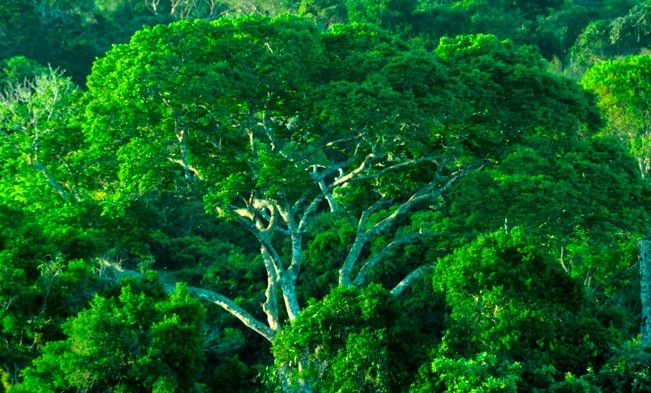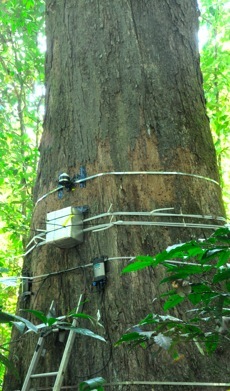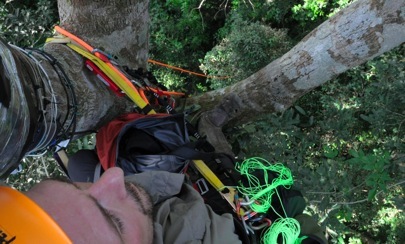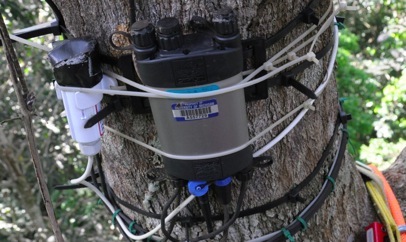DATA
The growth of our knowledge is the result of a process closely resembling what Darwin called 'natural selection'; that is, the natural selection of hypotheses: our knowledge consists, at every moment, of those hypotheses which have shown their (comparative) fitness by surviving so far in their struggle for existence, a competitive struggle which eliminates those hypotheses which are unfit.
Karl Raimund Popper
UMBS
Our group is collecting hydrological data at the University of Michigan Biological Station (UMBS). The data on soil moisture and precipitation are available through the Ameriflux portal: US-UMB and US-UMd (FASET) sites.
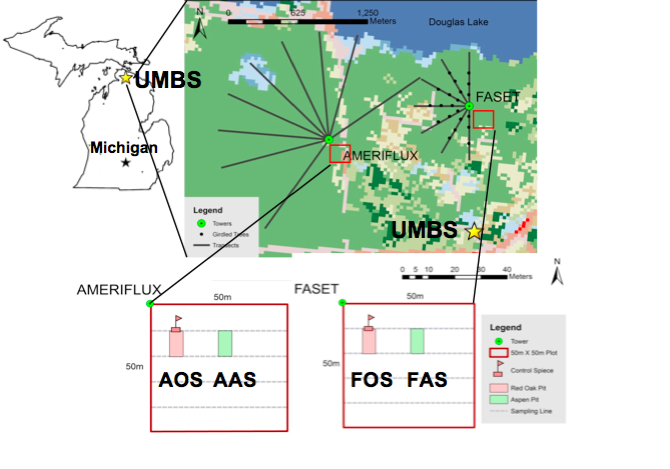








Top panel: Overview map of the fluxtower areas that include two 50m x 50m fine-scale plots, and long radial transects lines used for periodic soil moisture measurements. “Ameriflux ” indicates the US-UMB tower; “FASET” indicates the location of new tower deployed in 2008, US-UMd. “AOS” (AmeriFlux, Oak-dominated site), “AAS” (AmeriFlux, Aspen-dominated Site), “FOS” (FASET, Oak-dominated site), “FAS” (FASET, Aspen-dominated site). Bottom panel: Zoomed-in 50m x 50m fine-scale plot and sub-canopy short eddy-flux tower (3 m) at in the Ameriflux and FASET footprints.
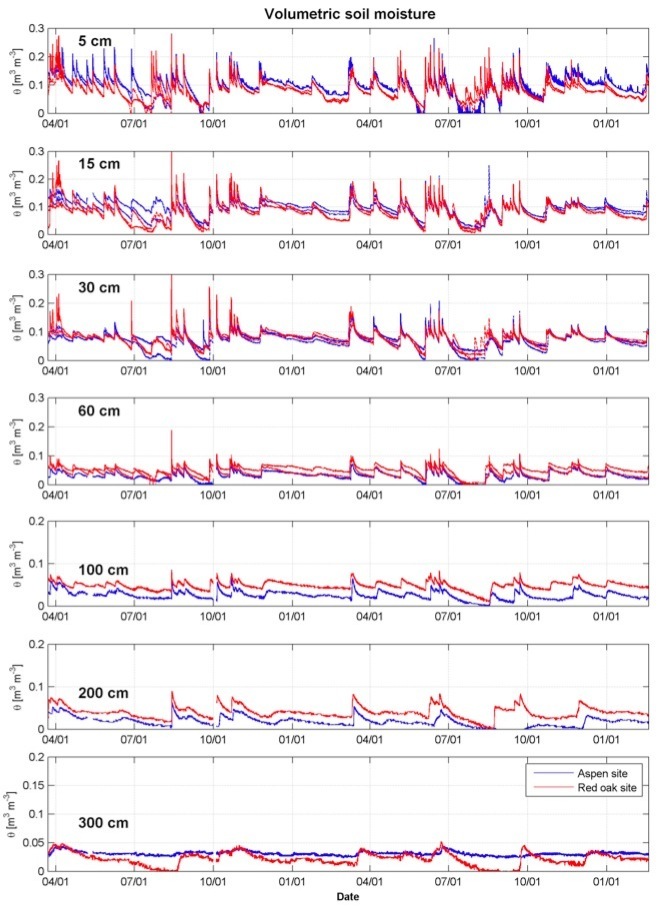








The figures illustrate continuous soil moisture and soil temperature observations (April 2009 – February 2011) from the sensor arrays in the Ameriflux footprint.
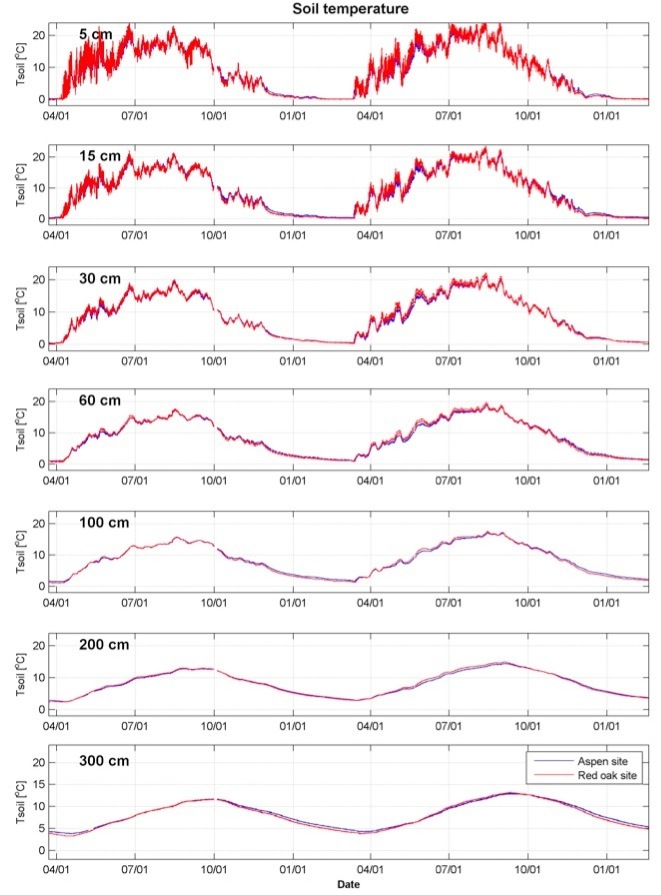








The current program involves tree-scale monitoring and periodic sampling campaigns.
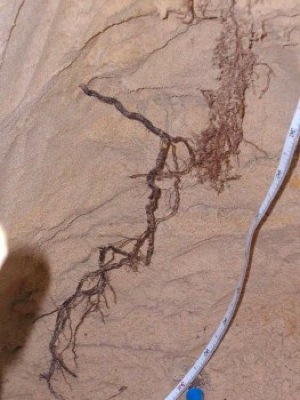








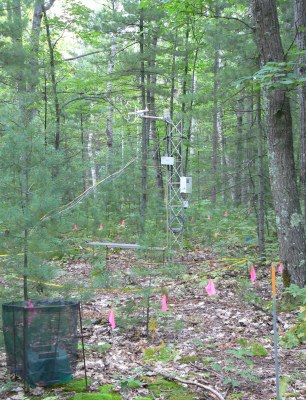








This material is based upon work supported by the National Science Foundation under Grant No. 0911444.









Polar Urals
We are collaborating with Dr. Valeriy S. Mazepa and Prof. Stepan G. Shiyatov Institute of Plant and Animal Ecology, Ural Division, Russian Academy of Sciences) in monitoring the long-term site in the Polar Urals (Russia). A dramatic increase of woody biomass has been observed in the area over the past 40 years, associated with climate warming and wetting. Summer 2012 campaign deployed two micrometeorological stations at the site.
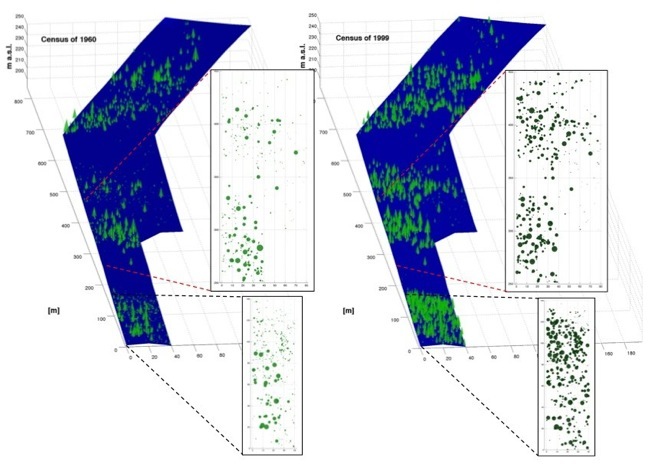








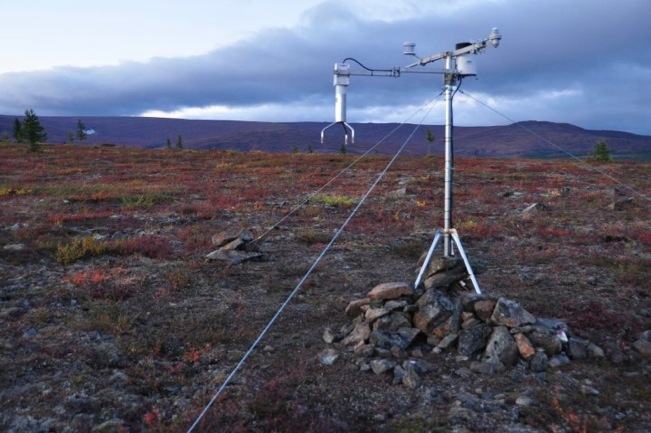








This material is based upon work supported by the U.S. Civilian Research and Development Foundation Global and the Ural Branch of the Russian Academy of Sciences under Grant RUB1-7032-EK-11.
AMAZON
In collaboration with Prof. Scott Saleska (University of Arizona) and Prof. Rafael Oliveira (University of Campinas, Brazil), this research aims to characterize inter-species water relations and drought resilience.
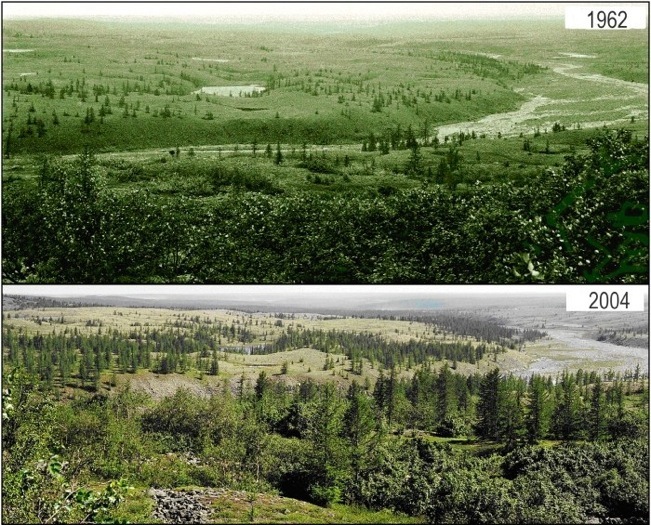








Expansion of dense and open larch forests on banks of the Kerdomanshor River (eastern slope of Malaya Chernaya Mountain (66º50.751' N, 65º32.770' E, 286 m a.s.l.). Photos are courtesy of Dr. Valeriy S. Mazepa and Prof. Stepan G. Shiyatov Institute of Plant and Animal Ecology, Ural Division, Russian Academy of Sciences) who have been monitoring the site since 1960s.
